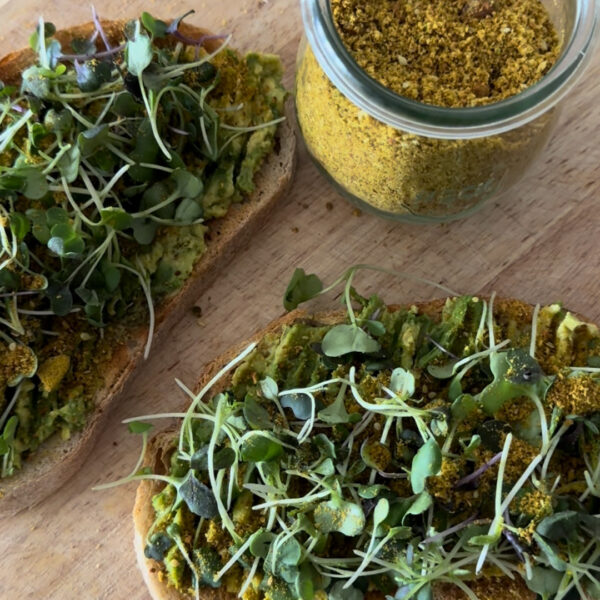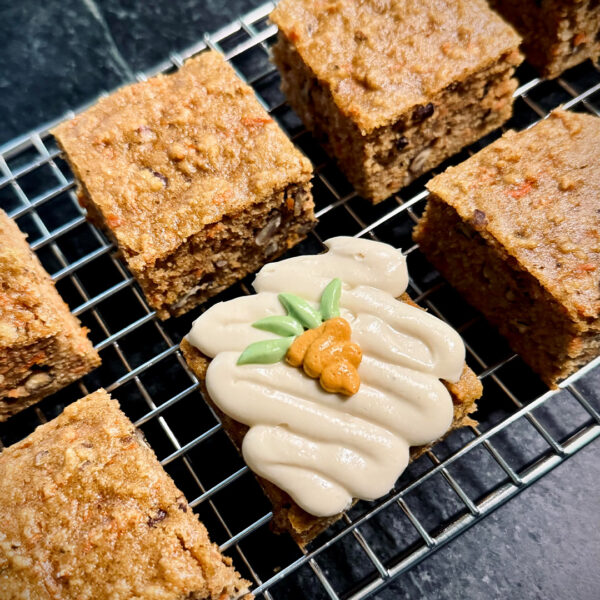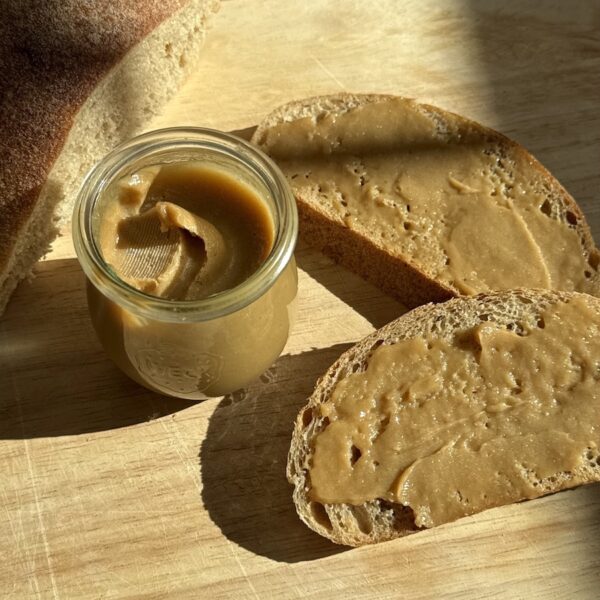We hear of specialized diets all the time. There’s Whole 30, the Mediterranean diet (which is more of a lifestyle that we agree with), keto, and paleo. And now, more and more people are touting the effects of going on an alkaline diet.
Kourt loves to cycle keto spurts in her diet to rebalance her system. The Whole 30 diet can also be a nice reset, depending on the person. But in general, we don’t advocate for fad diets. They aren’t sustainable, and thus, neither are the effects.
The real results are in lifestyle choices that will have lasting effects on our overall health for glowing skin, consistent weight management, and longevity—aka, prevention of dangerous diseases, and overall feeling great as we age.
That being said, an alkaline diet may be prescribed if someone is suffering from certain ailments. Generally, alkaline foods are an integral part of helping our cells, systems, and bodies detox and function properly. We spoke with naturopathic doctor Nigma Talib, ND to weigh in on what alkalinity means for our bodies. She jump-started us with a little pH 101.
“The term ‘pH’ stands for ‘potential of hydrogen,’ and it measures the acidity or alkalinity of our body’s blood, interstitial fluids (the fluids that cushion elements of the body, like between joints and organs), and tissue pH,” she says.
“The pH range should be between zero and 14,” she says. “Anything below seven is considered acidic, and the lower the number, the more acidic the [blood, fluid, or tissue] is. The higher the number, the more alkaline.” Essentially, alkalinity is the opposite of acidic, and we do not want to be too acidic.
“Water is at a neutral pH of seven, and the human body has a value between 7.35 and 7.45, which is a very narrow window if you think about it,” says Dr. Talib. “When our pH becomes imbalanced, we cannot deliver oxygen to the cells in our body and they either die or get damaged and prevent our body from functioning optimally, and then disease states occur.”
“The good news is that our body has an innate ability to regulate this pH level if given the right diet, lifestyle, and environment,” she says. “In my book, ‘Younger Skin Starts in The Gut,’ I include some of the premature-age-causing foods that are not just going to age and damage your skin, but damage the internal body. These foods include sugar, dairy, wine, and gluten, for example. These are key acidic foods that trigger mitochondrial dysfunction, premature aging, and chronic illness.” Listen, we didn’t want to be the ones to totally bash wine and bread, but it’s out there, people. Read it and weep *wipes own tear.*
Dr. Talib outlines the baseline of what we know about naturopathic medicine: what we put in our body will affect how our body feels and appears.
Joint pain, bloating, gas, constipation, and diarrhea are all signs of a pH that’s imbalanced, even just a little. Our bodies try to adjust accordingly, until one day the self-adjusting pH thermostat (our bodies’ built-in regulation system, aka the constant quest for healthy homeostasis) malfunctions because it’s constantly being compromised.
What is an alkaline diet and does it really work?
“I have been working with patients for 20 years now, and there is definitely massive value in eating alkaline,” Dr. Talib shares.
“Eating alkaline is super easy. It’s basically plant-based, with nutrient-dense food that will show you results in your health. If you want to test this, you can buy pH strips in a pharmacy, or you can go to a naturopathic doctor and they can test your stool and blood pH,” she says.
“As a Naturopathic doctor, I look at the value of a food being acidic or alkaline, as well as its nutrient density, and how much antioxidant value each food choice has. The sad part about this practice is that over the last 200 years, our soil has been depleted due to deforestation and climate change, and thus, our food has lower amounts of minerals like magnesium and potassium, which are needed for energy production by our cells,” she says.
“In addition, our food sources are packed with a large amount of sodium, which causes a depletion in all other minerals, which then has a domino effect, compromising healthy pH levels.”
Because alkaline foods are generally plant-based, they are typically nourishing, antioxidant-rich, full of phyto-compounds, and able to support optimal health and well-being. Acidic foods rob our bodies of key nutrients necessary to rebuild collagen and assist in bone and tissue regeneration, and acidic foods also cause inflammation.
Alkaline Superfoods
“Eating a plant-based diet as your foundation is going to be key here,” Dr. Talib hammers in. She isn’t suggesting everyone become strictly vegetarian or vegan, but if we eat mainly plant-based we are guaranteed a ton of alkaline foods.
Alkaline promoting:
Mushrooms
Citrus
Dates
Raisins
Spinach
Grapefruit
Tomatoes
Avocado
Summer black radish
Alfalfa grass, barley grass, wheatgrass
Cucumber
Kale
Jicama
Broccoli
Herbs like oregano, garlic, and, ginger
Green beans
Endive
Cabbage
Celery
Red beet
Watermelon
Figs,
and ripe bananas are all excellent alkaline plant sources Dr. Talib shares.
“I find juicing some of these fruits and vegetables (mainly the green ones) is a nice way to get the alkaline properties in the body quickly without the need to have to digest them, as you would have to chew them very well for absorption,” Dr. Talib says. “The other way I like to eat these superfoods is to lightly steam them, which allows for easier digestion and in some cases easier release of their antioxidant activity, in both fruits and vegetables. For example, I often add fruits to my morning gluten-free oatmeal while it’s still cooking, letting them steam a bit.”
This totally tracks with some of our favorite Ayurvedic recipes, which call for lightly stewed fruits and veggies for easier digestive assimilation.
“Alkaline protein sources are mainly from plants, such as almonds, beans (navy beans, lima beans), fermented soy like natto or tempeh, and seeds. Some alkaline grains I enjoy are quinoa, millet, buckwheat, and brown rice,” Dr. Talib shares.
“Alkaline water is a great drinking choice,” she says. “However, if you don’t have regular access to this, adding pH drops, lemon or lime juice, chlorophyll, baking soda, or just juicing your greens can increase alkalinity.”
At the end of the day, an acidic body is one prone to inflammation. Not just the kind that is a nuisance and a threat to our daily comfort, but inflammation that leads to serious health risks and chronic diseases. These diseases need a low-oxygen, acidic environment to thrive. Let’s prevent that environment in the first place.
The content provided in this article is provided for information purposes only and is not a substitute for professional advice and consultation, including professional medical advice and consultation; it is provided with the understanding that Poosh, LLC (“Poosh”) is not engaged in the provision or rendering of medical advice or services. The opinions and content included in the article are the views of the interviewee only, and Poosh does not endorse or recommend any such content or information, or any product or service mentioned in the article. You understand and agree that Poosh shall not be liable for any claim, loss, or damage arising out of the use of, or reliance upon any content or information in the article.
Up next, be the first to know our weekly content and sign up for our Poosh newsletter.




































